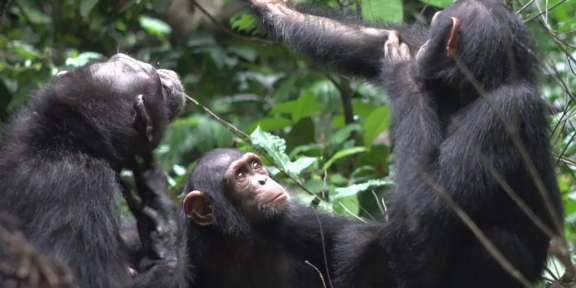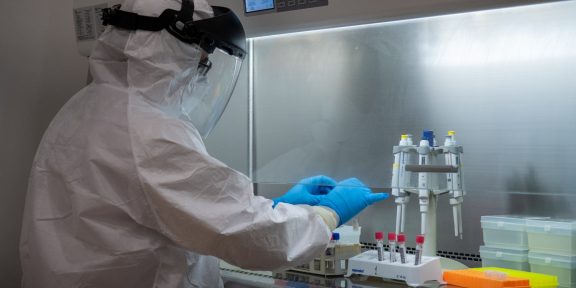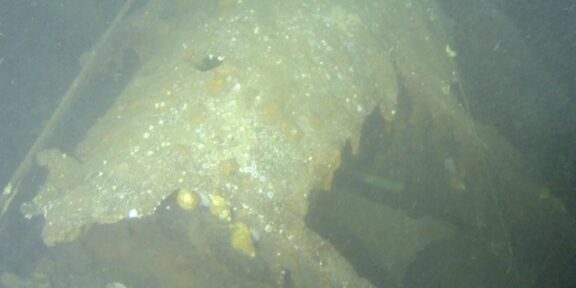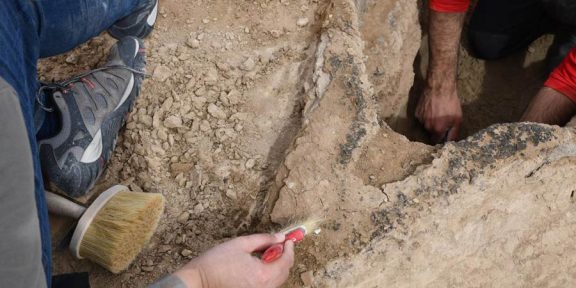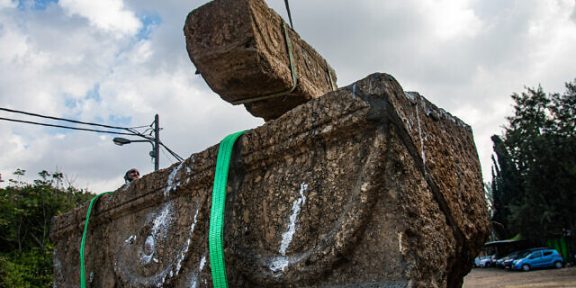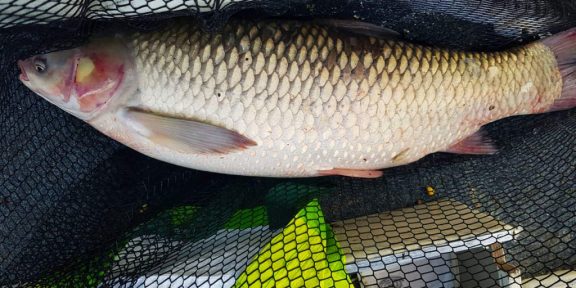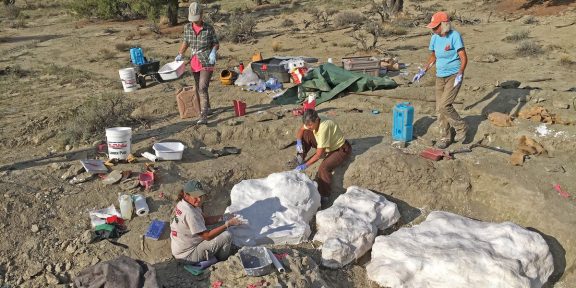Egiptenii antici încercau să înţeleagă şi să trateze cancerul în urmă cu mai bine de 4.000 de ani, sunt de părere oamenii de ştiinţă, transmite PA Media/dpa și Agerpres.
Cercetătorii au descoperit dovezi ale unor tăieturi realizate la nivelul craniului, în jurul unei leziuni de mari dimensiuni, cauzată, cred oamenii de ştiinţă, de o excrescenţă canceroasă.
Pe suprafaţa craniului au mai fost descoperite alte 30 de leziuni mai mici, ceea ce sugerează răspândirea cancerului.
Craniul aparţinea unui bărbat cu vârsta cuprinsă între 30 şi 35 de ani la momentul decesului, au mai precizat cercetătorii.
Oamenii de ştiinţă spun că tăieturile ar fi fost făcute cu un obiect ascuţit, ceea ce sugerează că acei egipteni antici ar fi încercat să opereze tumoarea.
”Când am observat prima dată la microscop tăieturile nu ne venea să credem”, a spus Tatiana Tondini, cercetătoare în cadrul Universităţii Tubingen din Germania.
Edgard Camaros, paleontolog la Universitatea din Santiago de Compostela, Spania, spune că urmele …DETALII AICI
Foto-phys.org




